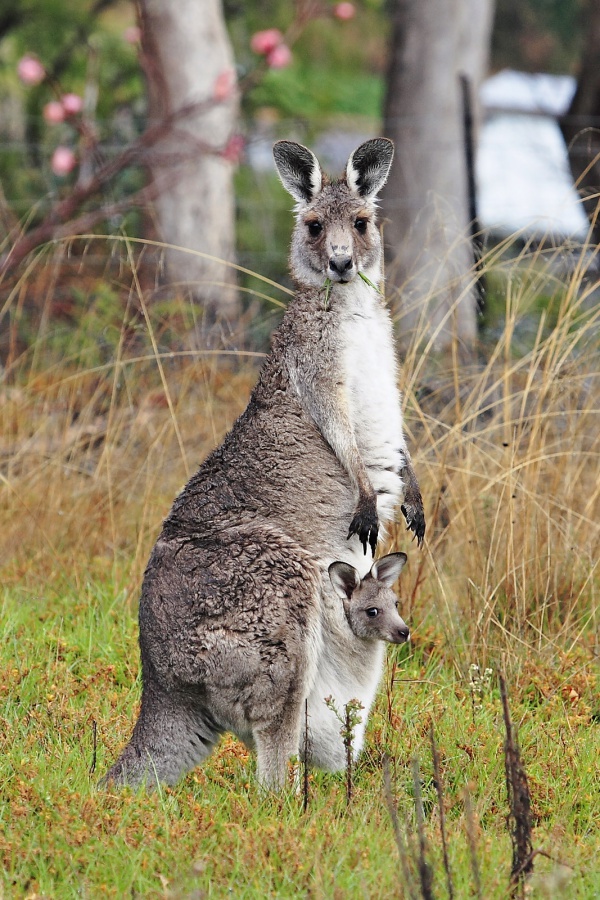Facts About Kangaroo
Kangaroos, the iconic marsupials from the family Macropodidae, are native to Australia. When we refer to kangaroos, we are actually discussing several species within this family, with the red kangaroo being the largest. Depending on their size, these animals may be called kangaroos, wallabies, or wallaroos. Unlike some of their smaller relatives that are endangered, kangaroos have adapted remarkably well to human-induced changes in their habitats.
These fascinating creatures are known for their powerful hind legs and large feet, which they use for leaping. Their long tails help them maintain balance, and they have a special pouch, or marsupium, where their young, known as joeys, develop. Kangaroos are so emblematic of Australia that they appear on the country’s coat of arms and currency. Additionally, they are hunted for their meat and leather, with the meat being praised for its low-fat content and health benefits.
The word "kangaroo" derives from the Guugu Yimithirr language, in which it is called "gangurru." What sets kangaroos apart is their unique hopping movement and specialized diet consisting of grass and shrubs. They have evolved to thrive in Australia’s dry and variable climate. Socially, kangaroos exhibit a complex structure, with males and females engaging in various behaviors related to mating and dominance.
Although kangaroos do not have many natural predators, they face threats from introduced species like foxes and dogs. They can also pose a hazard on roads, leading to the use of "roo bars" on vehicles for protection. Beyond their ecological role, kangaroos hold a special place in Aboriginal culture and have become an integral part of Australian society, even inspiring sports team mascots.
For Indigenous Australians, kangaroo meat has long been a traditional food source. It is high in protein and low in fat, making it a healthy option that is now exported worldwide. The harvesting of kangaroo meat is tightly regulated to ensure sustainability.
